Scotland 2006 - Part 3
More prehistoric remains in Kilmartin Glen
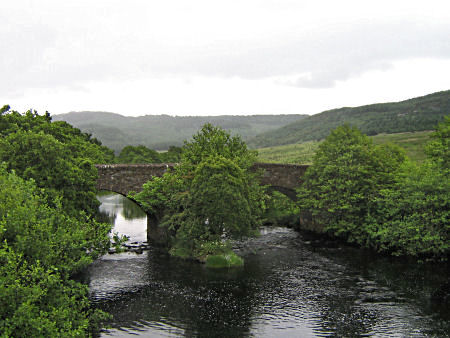
Starting out north from our inn in Bridgend towards Temple Wood,
we pass by this delightful old bridge - one of many of that kind

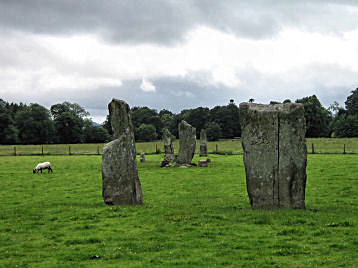 |
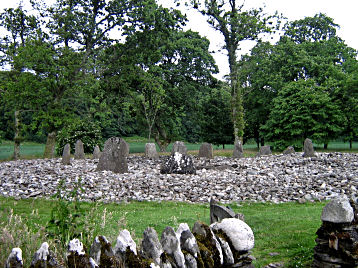 |
| Nether Largie standing stones in the field of grazing sheep | Temple Wood Stone Circle - one of the two burial cairns at Temple Wood |
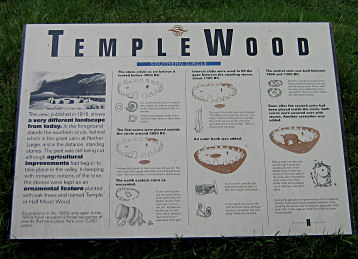 |
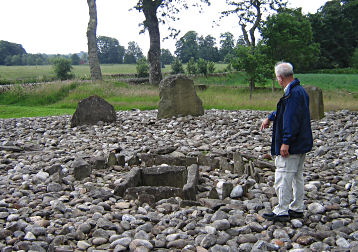 |
| Table explaining the gradual construction of the burial cairns, beginning at 3000 B.C. | The inner cist (Neolithic stone coffin) in the center of the Temple Wood stone circle |
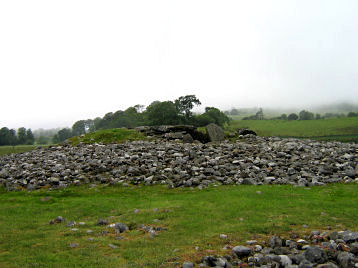 |
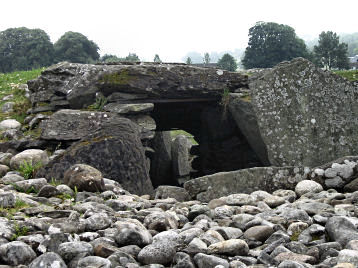 |
| The Nether Largie South Cairn The earliest stones in the circles date back to around 3000 BC and the circles were gradually added to and improved over the following 2000 years. |
Close-up of the entrance to the burial chamber of the Nether Largie South Cairn |
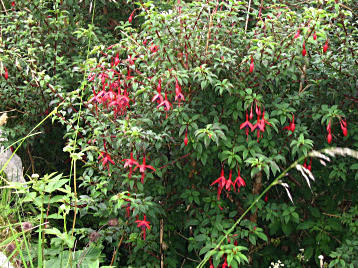 |
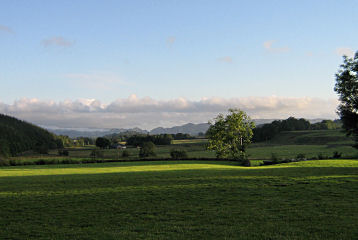 |
| Fuchsia coccinea is alledgedly the name of these flowers | The sun is setting on our way back after dinner |
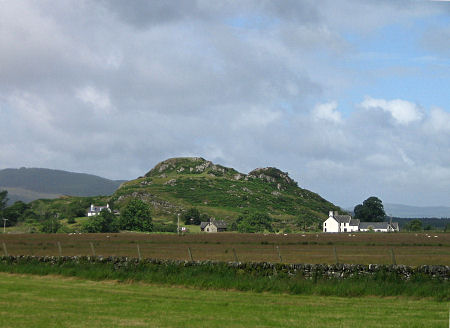 |
| The hill fort of Dunadd seen from a distance |
 |
| Getting close to the top of this Iron-Age hill fort of Dunadd, the capital of the ancient kingdom of Dalriada, around 500 AD. |
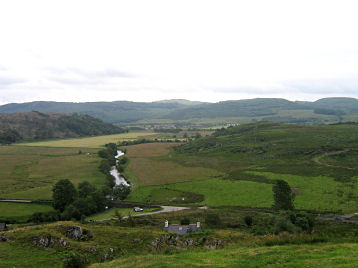 |
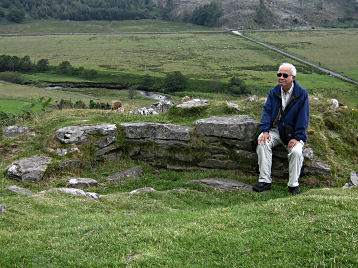 |
| View back southeast down Kilmartin Glen, as we are climbing up hill |
The Irish laird in his reception hall |
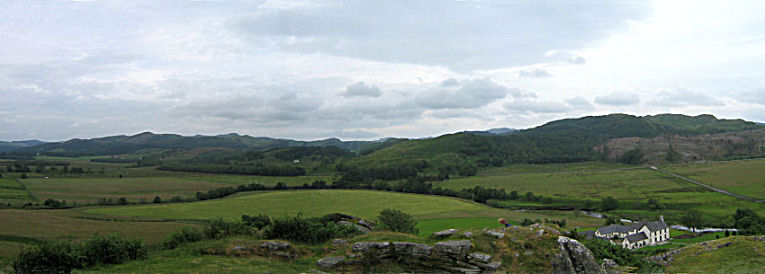 |
| "The views from the top are wonderful and worth the visit alone...' (Kilmartin Glen) |
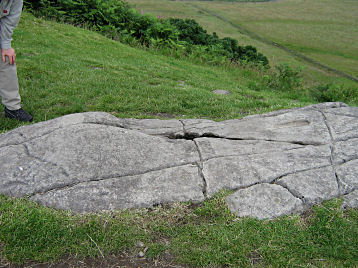 |
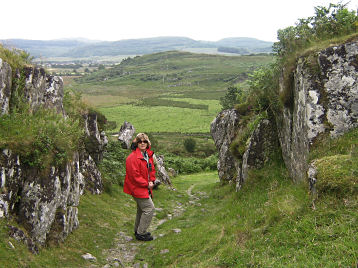 |
| "... but you can also see carved out of the exposed rock, a basin and footprint, thought to have been used in the inauguration ceremonies of the ancient kings of Dalriada." (Kilmartin Glen) | On our way back down |